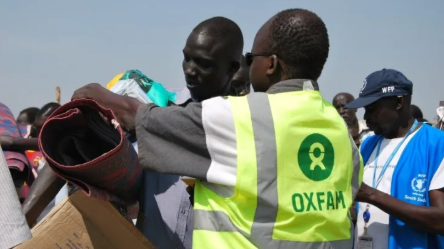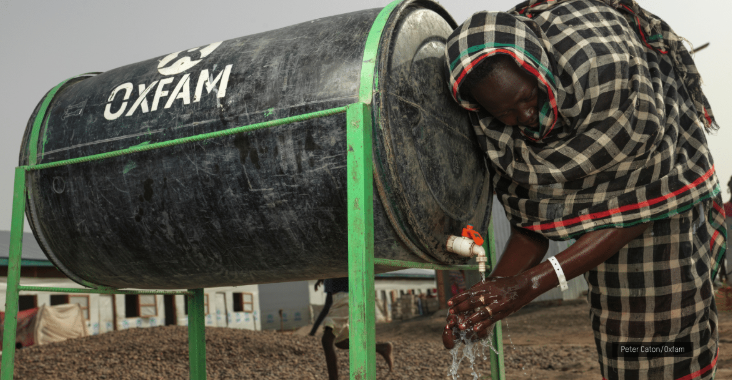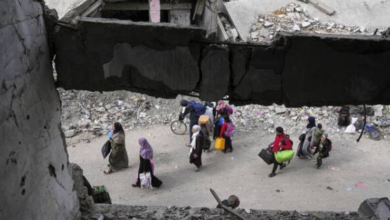Deepening Aid Cuts Threaten Africa’s Development, Oxfam Reports

The report, titled “Changing Face of Aid in Africa: Outlook, failures, and reform potential,” highlights long-standing failures of Official Development Assistance (ODA) to effectively reduce poverty, inequality, and climate vulnerability, which are now being exacerbated by the planned budget cuts.
The briefing note, published on Reliefweb.int projects a total decline of US$31.1 billion in aid for 2025 from 17 of the largest Development Assistance Committee (DAC) donors. Notably, the United Kingdom plans to reduce its aid from 0.5% of its Gross National Income (GNI) to 0.3% by 2027, and France intends to cut its public development aid by up to 40%. These reductions are expected to impact crucial sectors such as health, food security, and education in low- and middle-income countries, especially in Africa.

The report criticizes the misallocation of ODA, noting that it has not effectively targeted poverty reduction. Critical sectors like education, agriculture, water and sanitation, and social protection received only a combined 20% of ODA on average between 2018 and 2023. Additionally, the briefing reveals a growing disparity in ODA, with Least Developed Countries (LDCs) being left behind, despite having the highest concentration of people living in extreme poverty. The average ODA from DAC countries for in-donor refugees in 2023 was nearly equal to all ODA directed to LDCs, and ODA to African LDCs only accounts for 0.06% of the OECD-DAC’s GNI, far below the committed target of 0.15% to 0.20%.
Oxfam calls for a reform of aid systems to prioritize equity, strengthen country ownership, and rebuild global cooperation grounded in justice and solidarity. The report also highlights that a minimal amount of ODA is channeled to local women’s rights organizations and that climate finance, which is often drawn from existing ODA, fails to reach the world’s poorest communities effectively.





